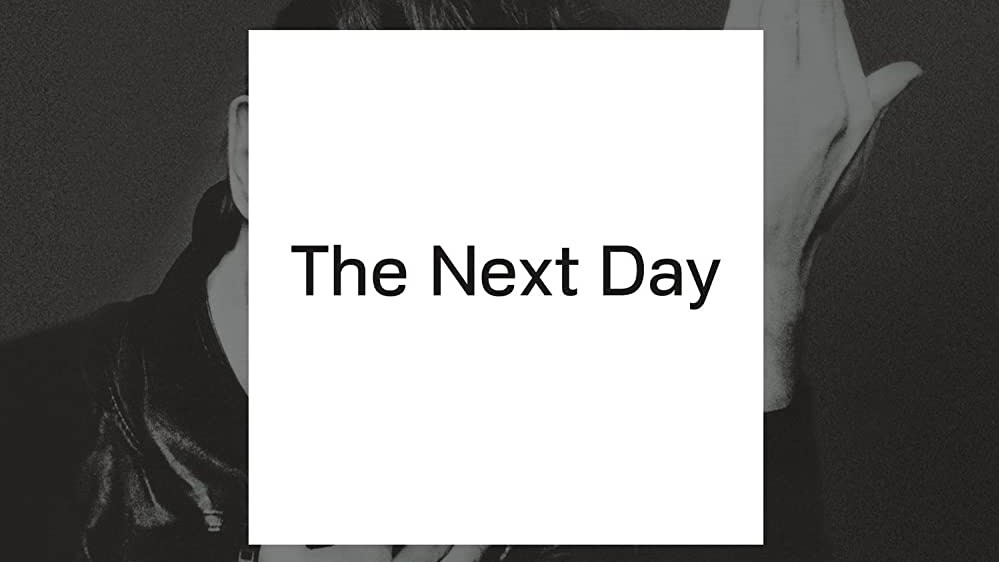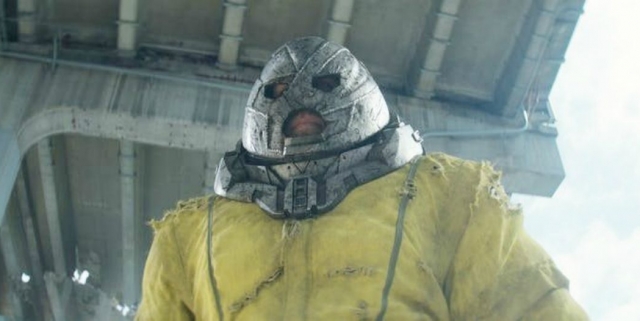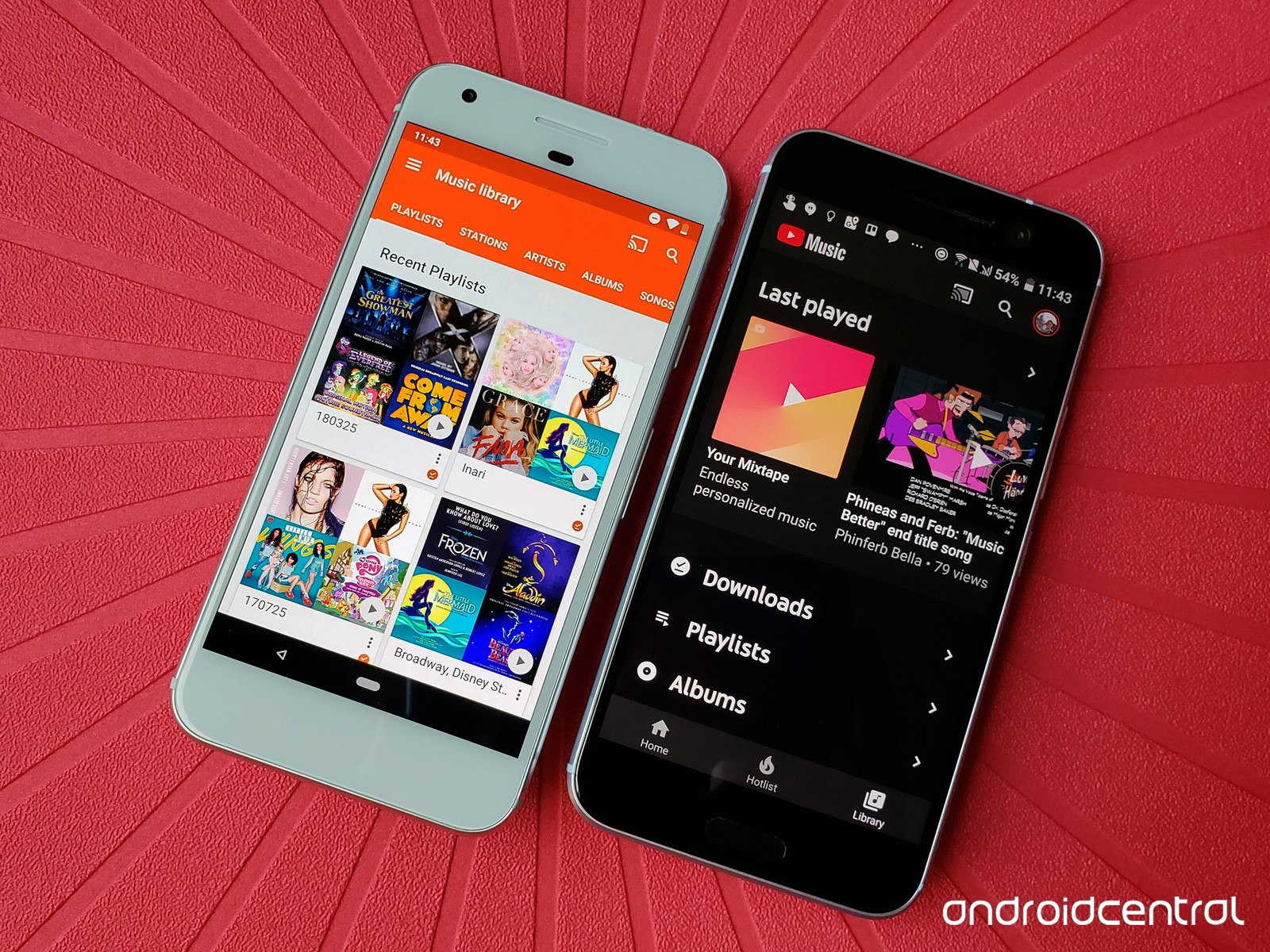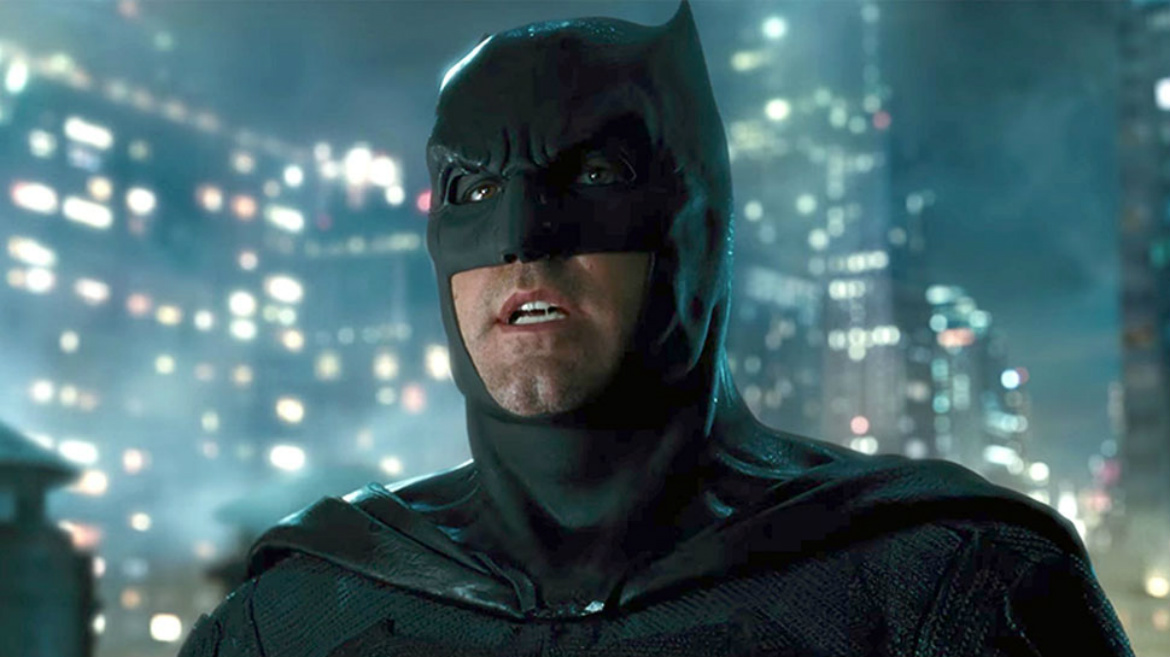chevron_left
-
play_arrow
NGradio So good... like you
“Here I am/ Not quite dying.” So sang David Bowie on “The Next Day,” the opener and title track for an album nobody thought would exist. The song was actually inspired by medieval history, and it set up a collection of music that some critics characterized as more consistently bleak than any other Bowie album — all death and violence and tyranny and apocalypse. But this is David Bowie we’re talking about, so there was a whole lot of meta layering to The Next Day and the brief, beautiful epilogue it kicked off in one of pop history’s most storied careers. That line meant something in the context of “The Next Day,” but in the context of Bowie’s career it was also a big “reports of my death are greatly exaggerated.”
For the better part of 10 years, David Bowie had receded from view. In 2004, he suffered a heart attack during a performance in Germany. This marked the end of Bowie touring and a sharp decline in his engagement with the music industry or any sort of public life. He wasn’t reclusive, exactly, but you didn’t see him around much. Now and then he’d pop up, appearing onstage with Arcade Fire or singing a song for TV On The Radio or Scarlett Johansson; he cameo’d on Extras and portrayed Nikola Tesla in The Prestige, amongst other acting odds and ends. It really seemed that, more or less, Bowie was semi-retired and just having fun and spending time with his family. But the quietness with which he went about everything left the door open for speculation about ailing health over the years, too.
So when The Next Day materialized — 10 years ago today in Australia, a few days later around the rest of the world — it was a shock to the system. Not only was David Bowie mounting a completely unexpected return, he had also managed to keep everything almost entirely secret until he decided to reveal it. For two years, he had been working away on the album with his longtime collaborator Tony Visconti, a few other familiar names, a few unfamiliar names, and a skeleton crew at a studio in Manhattan. Everyone had to sign NDAs; even Bowie’s label heads didn’t know about The Next Day’s existence until shortly before the general populace. Then in January of 2013, Bowie released a new single called “Where Are We Now?”
From the start, there was a reflective quality to this new era, referencing Bowie’s past in multiple ways. “Where Are We Now?” was a spacious ballad explicitly recalling Bowie’s time living in Berlin during the ’70s. Though it didn’t fully preview the album sonically, it did set up the stakes spiritually and artistically. The album cover was an explicit callback too, repurposing the iconic “Heroes” art with the title crossed out and a white block with the name The Next Day obscuring Bowie’s face. While some people heard The Next Day as a logical continuation of Bowie’s early ’00s releases Heathen and Reality, the whole premise of the project seemed to nod to his hallowed art-rock days, the Berlin albums and their immediate predecessors and successors.
There were ways in which The Next Day looked back at all the versions of Bowie: “Valentine’s Day,” “(You Will) Set The World On Fire,” and “You Feel So Lonely You Could Die” all had vestiges of glammier early ’70s Bowie, and a few songs had the faintest hints of mid-’70s cocaine-funk Bowie. But maybe all those years soaking up ’00s NYC indie — a good deal of which owed Bowie a major debt — had led him back to the stuff that, was at that point in time, his “coolest” material. From the title track’s corroded strut, to the skronking “Dirty Boys,” the eerie pulse of “Love Is Lost,” the icily bugged out “If You Can See Me,” and on and on, Bowie was successfully exhuming the ghosts of Low, “Heroes”, Lodger, and Scary Monsters.
The very fact that there was a new Bowie album, and it drew upon his most critically respected era, and that it didn’t suck, led to a kind of feverish response. People were falling over themselves calling it his best since the early ’80s, or one of his finest albums period. As far as Bowie’s latter decades go, many of his ’90s albums have gotten their rehabilitation over the years, but you could still say The Next Day stands strong against most of them. Bowie is one of my favorite artists, and even I can’t say I’ve returned to The Next Day a ton in the last 10 years — but upon revisiting it, most of it holds up.
Not everyone was over the moon back then though. The detractors said it wasn’t innovative in the way of Bowie’s past highs — which is pretty much inarguably accurate. The Next Day might’ve been a bit overstuffed, and the sound of it definitely settled on a kind of middle-of-the-road modern rock sheen. It was often too clean, its weirdest songs in danger of being hemmed in by the slickness of it all. Even if the U2-esque lead guitar on “I’d Rather Be High” was pretty great, it was still the sound of Bowie settling into an aged sound more polite than transgressive. Still, there was much more vitality and creative curiosity in it than what most 66-year-old classic rockers were mustering. If it had turned out to be one last transmission, it would’ve been a nice finale. But, it turned out to be a throat clearing instead.
In late 2015, Bowie kicked off another album cycle as suddenly as he had The Next Day. The startling, 10-minute “Blackstar” preceded another album, also titled Blackstar. It arrived on Bowie’s birthday in early 2016, three years to the day after “Where Are We Now?” and bearing a lot of music that asked that question much more urgently. After wandering through the past, Bowie had rocketed off to… somewhere. Blackstar was one of the most experimental turns in a wildly unpredictable catalogue, cosmic haunting jazz-rock that suggested Bowie was primed for one of those rare final acts where an artist departs from pop music and ventures out into the ether. There was precious little to prepare us for this; years later, you can maybe hear hints of where he was going in Next Day tracks like “If You Can See Me” and “Heat,” but Blackstar was mesmerizing on a whole different level, and remains so seven years later. Then, three days after he released the album, Bowie died.
After all those years where people thought Bowie might be dying, he had come back to us, and then just as secretly as he’d constructed his return, he also quietly fought cancer for 18 months before it took him in January of 2016. After-the-fact revelations abound, when Blackstar’s meaning suddenly became so much clearer — an album littered with references to mortality and death just as The Next Day, but now in the form of Bowie staring out somewhere into the universe knowing he was actually near the end of his life. When it was all over, Visconti was once more the mouthpiece, telling everyone Bowie had intended it as his final “parting gift.”
It’s impossible to not have The Next Day become overshadowed when it was followed by that. There’s also the fact that, contrary to the hyperbole that accompanied The Next Day and despite a similar intensity springing up around the loss of Bowie, Blackstar actually is one of his best albums. But 10 years on, you can almost view it as a package deal. Who knows what Bowie planned before he got sick, but what we got was a two-part goodbye. On The Next Day, he started the machine back up and rifled through his back pages. It cleared the way. The man who always turned his life into art had done it one more time, wrangling with everything he left behind and mortality, re-emerging in elder years for one more voyage.
https://music.apple.com/us/album/the-next-day/590825692
Source: stereogum.com
Written by: New Generation Radio
Rate it
ΔΗΜΟΦΙΛΗ ΑΡΘΡΑ
COPYRIGHT 2020. NGRADIO





















Post comments (0)